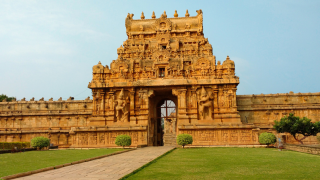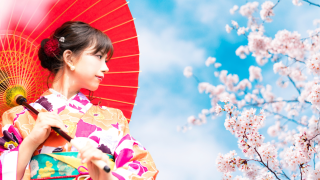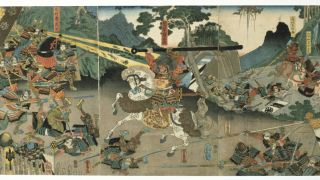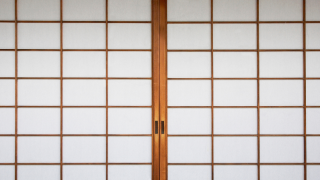 TOPIC
TOPIC What Japanese People Honestly Think About India
Japan and India are worlds apart in many ways—yet their relationship is growing. For Japanese people, India represents both ancient wisdom and modern chaos. Their views are often influenced by limited media narratives, but those who visit discover something much richer. In this article, we delve into the real voice of Japanese minds when they speak about India.









